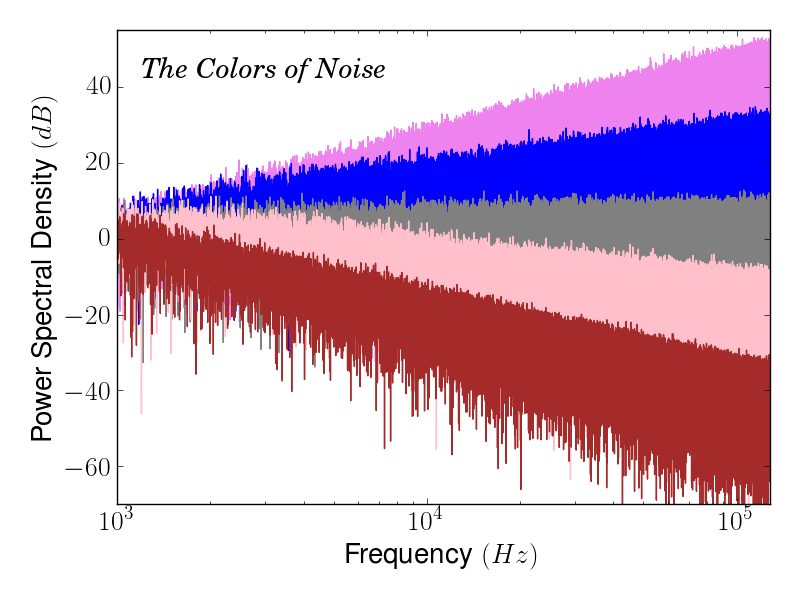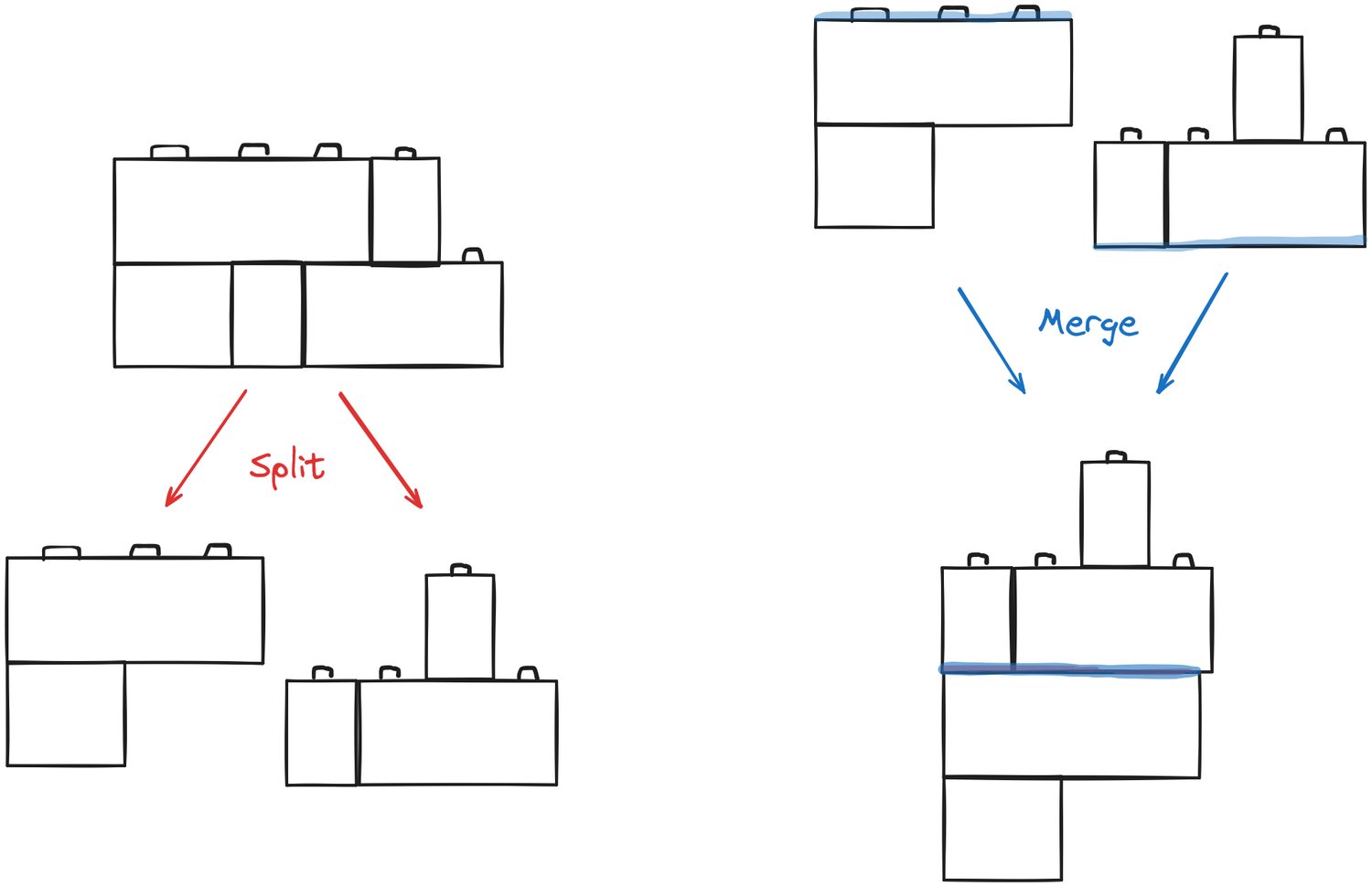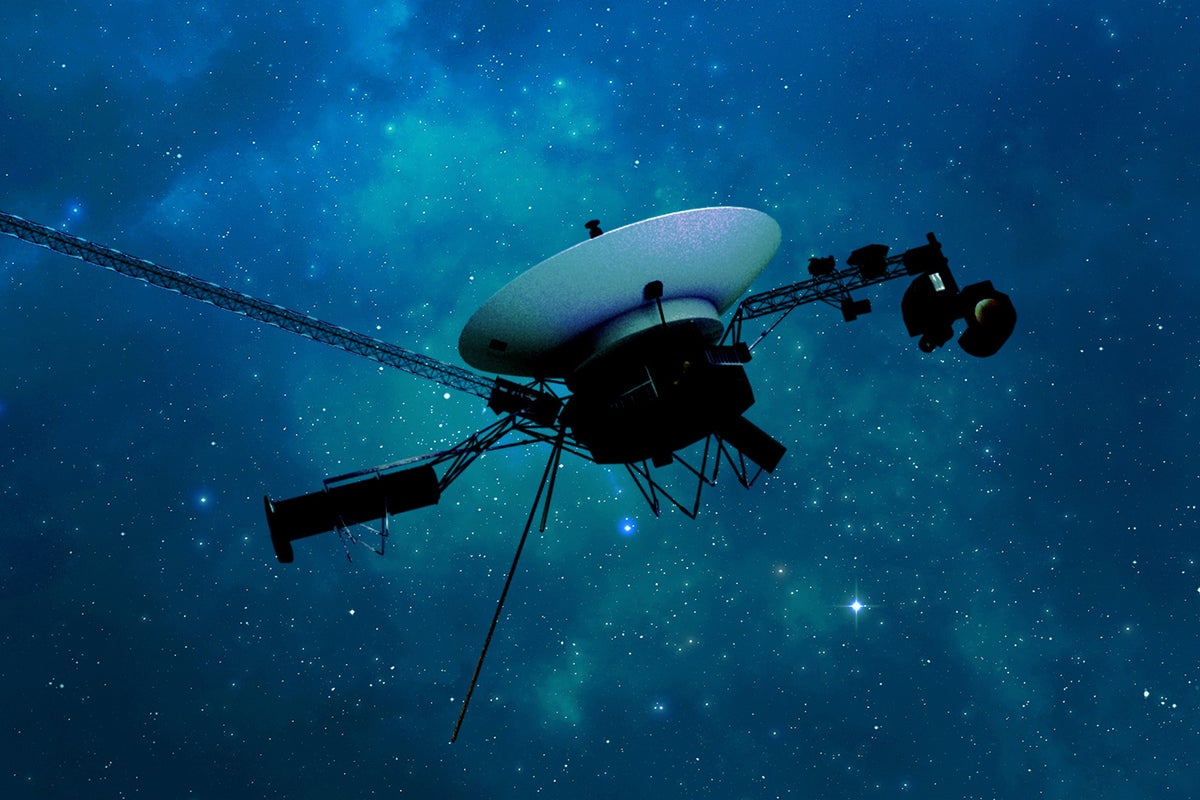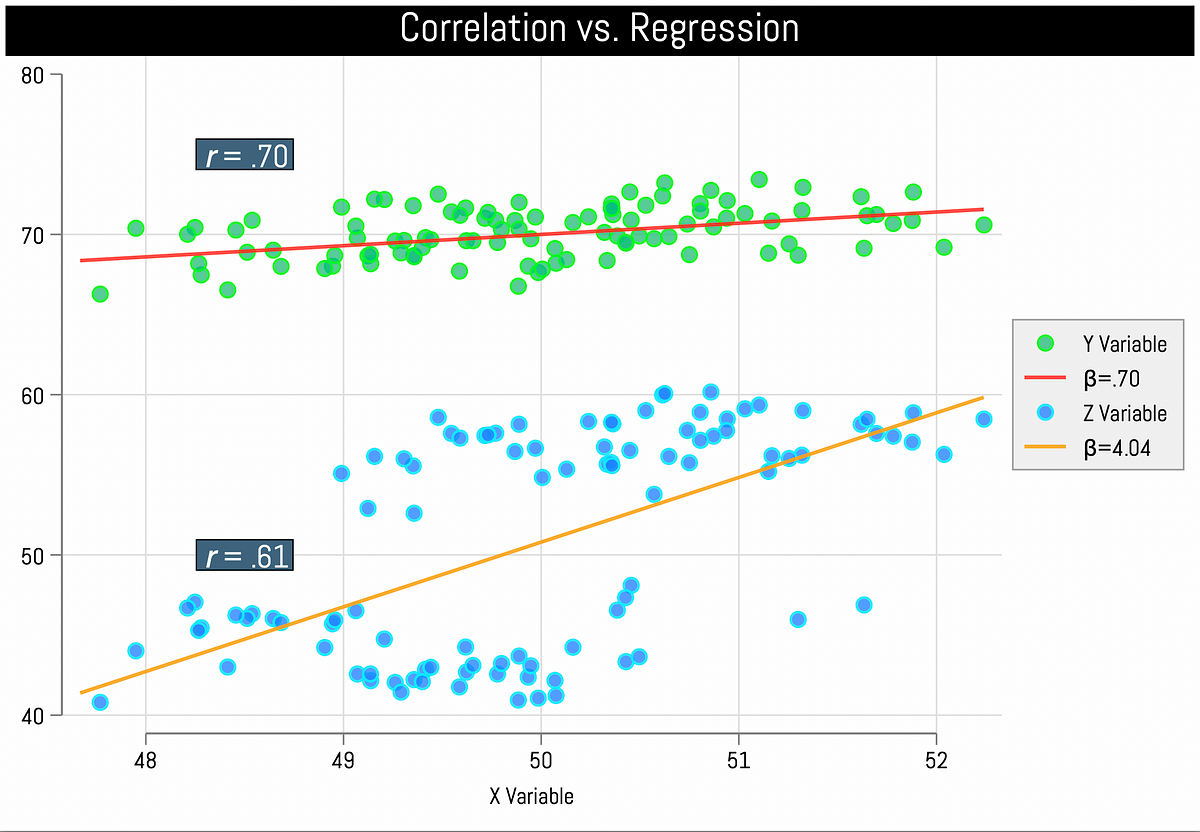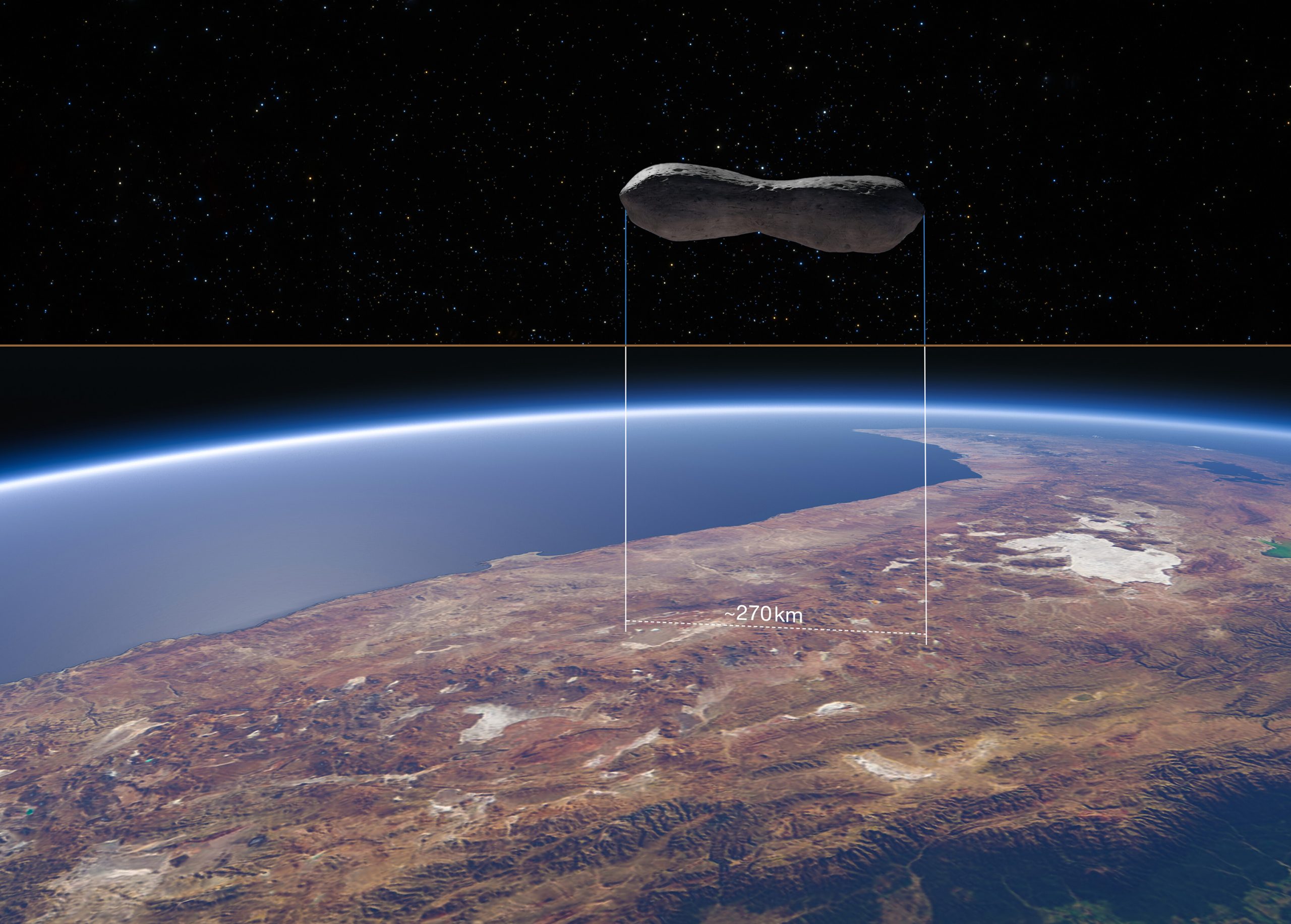
Strange 160 Mile-Long “Dog-Bone” Asteroid Kleopatra Captured in Detailed Images
These eleven images are of the asteroid Kleopatra, viewed at different angles as it rotates. The images were taken at different times between 2017 and 2019 with the Spectro-Polarimetric High-contrast Exoplanet REsearch (SPHERE) instrument on ESO’s VLT. Kleopatra orbits the Sun in the Asteroid Belt between Mars and Jupiter. Astronomers have called it a “dog-bone asteroid” ever since radar observations around 20 years ago revealed it has two lobes connected by a thick “neck.” Credit: ESO/Vernazza, Marchis et al./MISTRAL algorithm (ONERA/CNRS)
Using the European Southern Observatory’s Very Large Telescope (ESO ’s VLT), a team of astronomers has obtained the sharpest and most detailed images yet of the asteroid Kleopatra. The observations have allowed the team to constrain the 3D shape and mass of this peculiar asteroid, which resembles a dog bone, to a higher accuracy than ever before. Their research provides clues as to how this asteroid and the two moons that orbit it formed.
“Kleopatra is truly a unique body in our Solar System,” says Franck Marchis, an astronomer at the SETI Institute in Mountain View, USA and at the Laboratoire d’Astrophysique de Marseille, France, who led a study on the asteroid — which has moons and an unusual shape — published today (September 9, 2021) in Astronomy & Astrophysics. “Science makes a lot of progress thanks to the study of weird outliers. I think Kleopatra is one of those and understanding this complex, multiple asteroid system can help us learn more about our Solar System.”
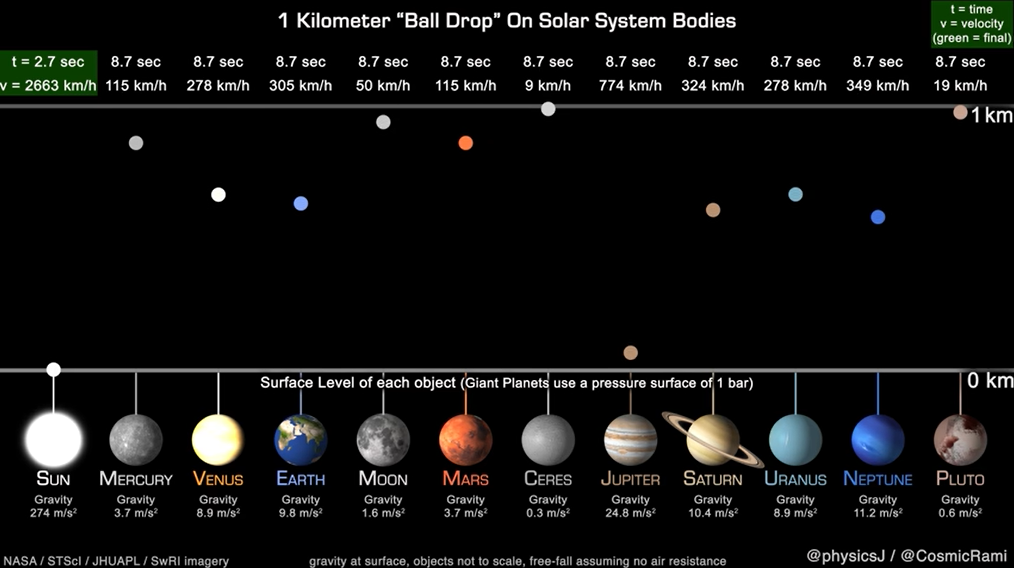


/cloudfront-us-east-2.images.arcpublishing.com/reuters/DFJYDZQLEJJF3F66K4NZMK4CCQ.jpg)


